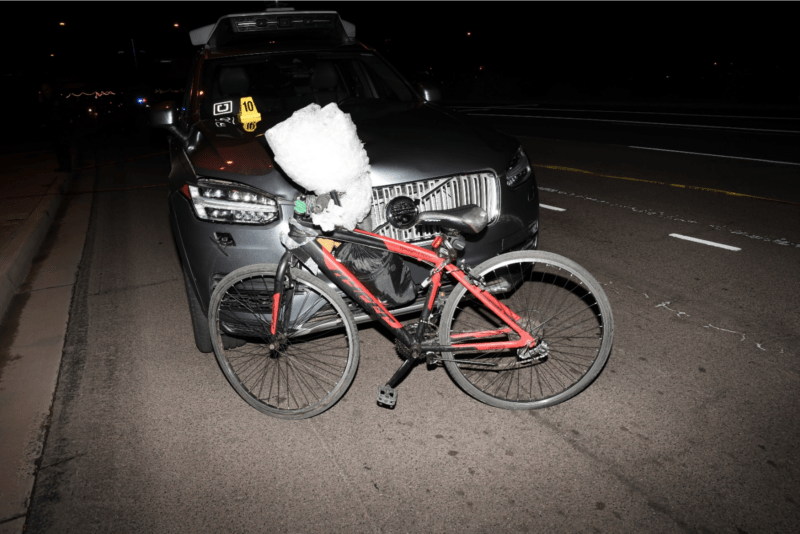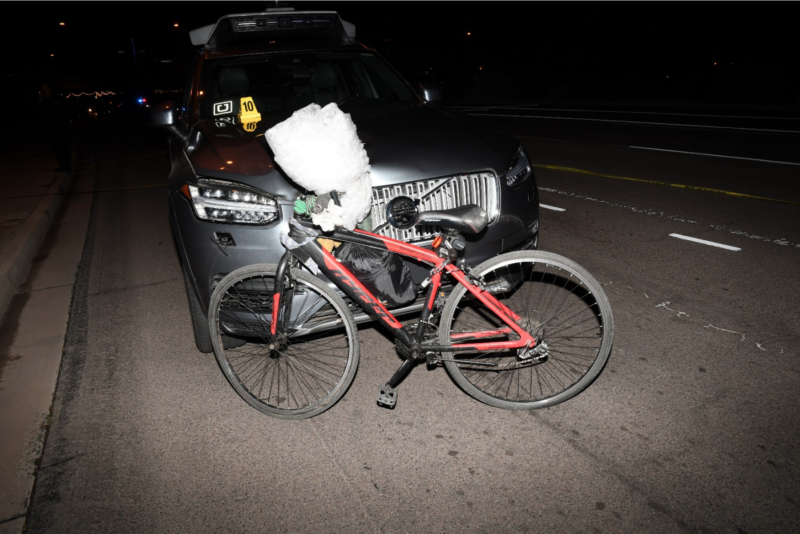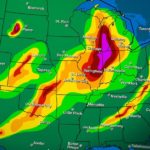
How terrible software design decisions led to Uber’s deadly 2018 crash

Radar in Uber’s self-driving vehicle detected pedestrian Elaine Herzberg more than five seconds before the SUV crashed into her, according to a new report from the National Safety Transportation Board. Unfortunately, a series of poor software design decisions prevented the software from taking any action until 0.2 seconds before the deadly crash in Tempe, Arizona.
Herzberg’s death occurred in March 2018, and the NTSB published its initial report on the case in May of that year. That report made clear that badly written software, not failing hardware, was responsible for the crash that killed Herzberg.
But the new report, released Tuesday, marks the end of NTSB’s 20-month investigation. It provides a lot more detail about how Uber’s software worked—and how everything went wrong in the final seconds before the crash that killed Herzberg.
Read 19 remaining paragraphs | Comments




